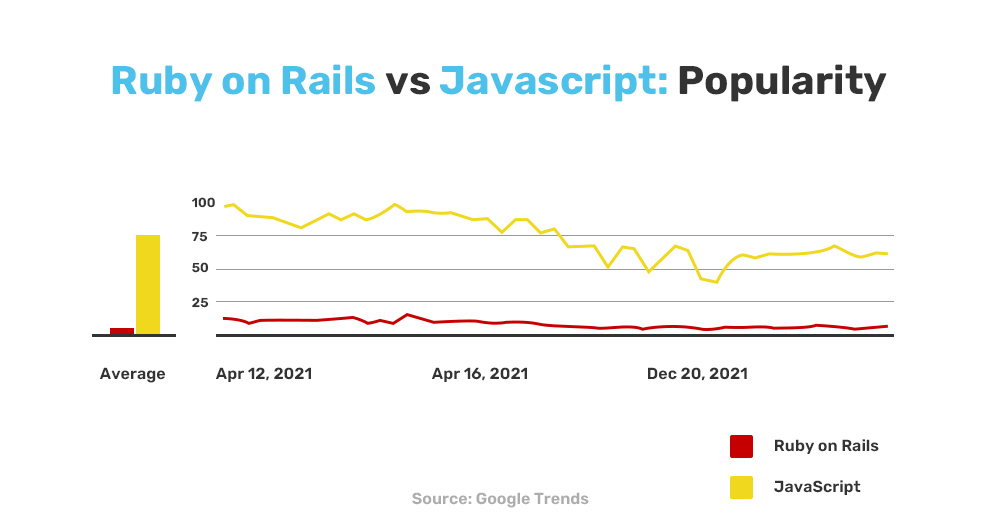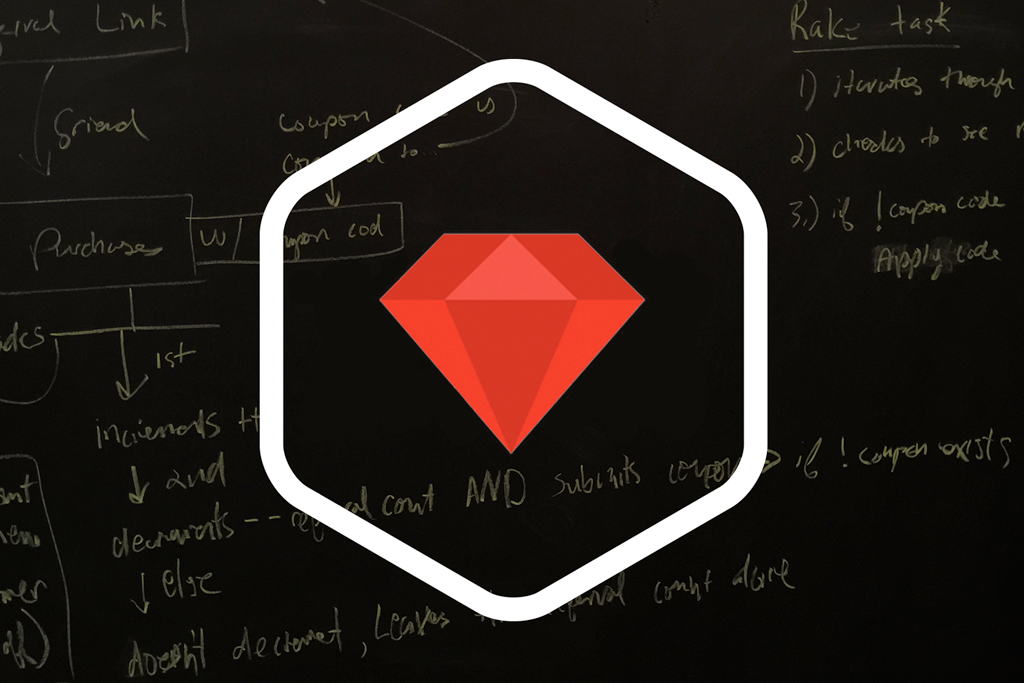

It is often said that if you speak English, you are able to understand Ruby. Simple, English-like Ruby on Rails syntax Once there are users, you can collect feedback, watch their behavior, verify your early assumptions and set the right path for further development. That’s right! Ruby on Rails comes in handy if you want to build your app very fast and verify your startup ideas on the market. This is not only convenient for the developers but it also contributes directly to shorter time-to-market. The Convention Over Configuration approach allows developers to start working on the actual products as soon as possible – with as little time spent on configuring the environment as possible. Pros of Ruby on Rails Speed of development Open-source solution with a (too) rich set of gems.Open-source solution with a rich set of gems.Pros and cons of Ruby on Rails Ruby on Rails pros The things are changing over the new versions of Node, so it may not be the reason to discredit it but it’s worth to keep such issues in mind when building a Node.js app.
NODEJS VS RUBY ON RAILS CODE
Is it a serious issue? Well, when the API changes, developers need to make changes to the existing code base to make it compatible with the latest version of the Node.js API. Node.js has been criticized for changing API at frequent intervals. When implemented correctly, however, it’s not a con anymore. If a real-time Node.js application is not implemented correctly, the callbacks may slow it down. No multithreadingĮven though it is able to handle the requests simultaneously, we need to remember that there is no multithreading. Even though its core is stable, some packages in the npm registry have not been properly documented yet – which makes them more difficult to use. Read also: Using Node.js for back-end development Node.js cons Low maturity The bigger the community gets, the easier it is to get support. Also, the community behind Node.js is large and getting bigger each day. It is growing really fast!Ī new version is released every 6 months, there is a great choice of open-source scripts, libraries, and applications supporting Node.js, and there is a wide range of hosting options and built-in server support. With Node.js, multiple users can be editing the same file, moving tasks between the boards, commenting, adding media files – all at the same time. The ability to handle the requests simultaneously makes Node a perfect environment for real-time web apps such as chats, games or collaboration tools. Thanks to that, they don’t have to “fit” in the memory limits – and that’s like a holy grail for the challenges of handling large amounts of data! It handles the requests simultaneously Unlike them, streams don’t need to be available all at once. Streams are basically the collection of data – just like arrays or strings. Thanks to Node’s stream modules, it is easy to handle large files. It’s not a coincidence that companies such as LinkedIn, Netflix, or Twitter are switching to Node.js. Scalability makes Node a good choice for applications that are expected to quickly grow the number of users. There are three reasons that stand behind Node’s scalability: it is one of the technologies natively handled by AWS, it can be easily broken down into microservices, and it has an event-based model. As it requires a relatively small amount of computing resources, it is not only fast (as mentioned above), but also more accessible for users. Node.js is lightweight both for in-memory usage and data-dense real-time web applications that work on multiple devices. Thanks to that, Node.js apps are faster to develop and they serve the same amount of traffic with less hardware. Node.js is able to demonstrate really high runtime speed giving much faster coding experiences to the programmers. The speed of code execution is also enhanced by runtime environment as it supports the non-blocking I/O operations.

.png)
Node.js is based on one of the fastest engines – Google’s V8. Also, writing web applications in Node.js, using JS from back- to front-end is an optimization factor that may shorten time-to-market and make the future maintenance easier. The same language on client and server-side makes Node.js applications faster than the ones that utilize different languages. It handles multiple requests simultaneously.It represents the “JavaScript everywhere” paradigm.

Why are these companies migrating to Node.js? Is it simply better than Ruby on Rails? And does it actually indicate that Node.js development is now a better choice than Ruby on Rails development? Let’s analyze the advantages and disadvantages of both! Node.js pros and cons Node.js pros Read about 13 best Node.js safety practices Read now


 0 kommentar(er)
0 kommentar(er)
